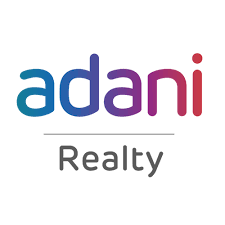
Trusted by the World's Largest Developers & Investors

Business Outcomes, Environmental Gains, Strategic Clarity.

1
Financial
Benefits
-
Increase saleable/leasable area
-
Reduce construction costs and timelines
-
Improve financing terms and ROI
2
Qualitative
Benefits
-
Simplified, more usable design
-
Faster approvals and reduced rework cycles
-
Improved aesthetics and stakeholder confidence
3
Environmental Benefits
-
44.5% average reduction in lifecycle carbon impact
-
Lower embodied & operational carbon
-
Reduced consumption & end-of-life waste
While staying within the Design Contours and Regulatory Framework
Global Impact. Tangible Results.
154
Projects
$ 5.4
Billion
$27
Million
652
Million MT
Optimized Worldwide
by Kaizen AI
Tangible Profit Increase
Delivered
Average Profit Added Per Engagement
Reduction in
CO2 Emissions across Projects
Perfect optimization.
In just 4 weeks.
After signing a Non-
Disclosure, the client
shares the existing
schematic design,
limitations and
expectations
Initial simulations are
run to generate the upside possibilities, shared with the client
Post Client Feedback,
rounds of AI simulations run on KAIZENai proprietary platform to generate effective optimization/s
The Final Schematic
design is handed
over for execution
The optimizations
filtered by experts and
a thorough benefit evaluation lead to
the final approach
The final approach is
detailed further with inputs from internationally acclaimed technical partners, leading to Final Schematic Design
Day 0
Brief
Day 7
Possibilities
Day 14
Optimizations
Day 28
Completion
What KAIZENai Delivers
Business Benefits
Optimization of saleable/ leasable area
Optimization of constructed area
Optimization of construction cost
Optimization of construction time
Better financing terms on the project
Qualitative Benefits
Improved Usability
Improved Aesthetics
Environmental Benefits
39% of worldwide carbon emissions are contributed by building + construction industry. Kaizen ai has reduced the environmental impact of projects by about 15% by reducing operating carbon as well as embodied carbon emissions.
Lower Material Consumption
Lower Energy Consumption
Carbon emission reductions
Lower End-of-life Waste
While staying within the Design Contours and Regulatory Framework


























